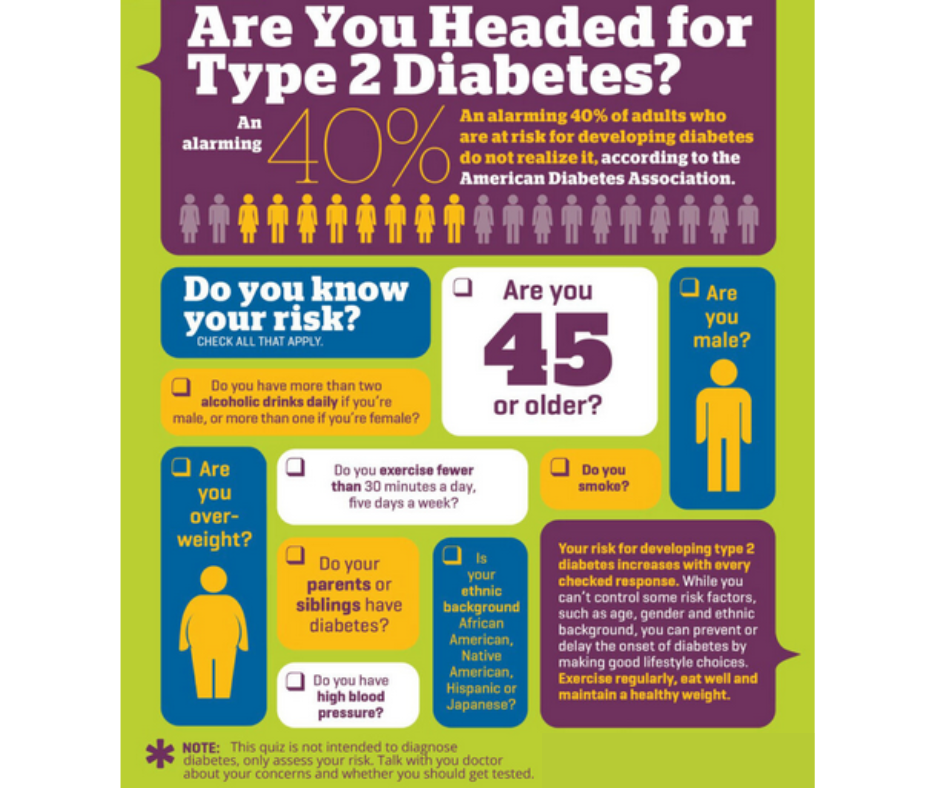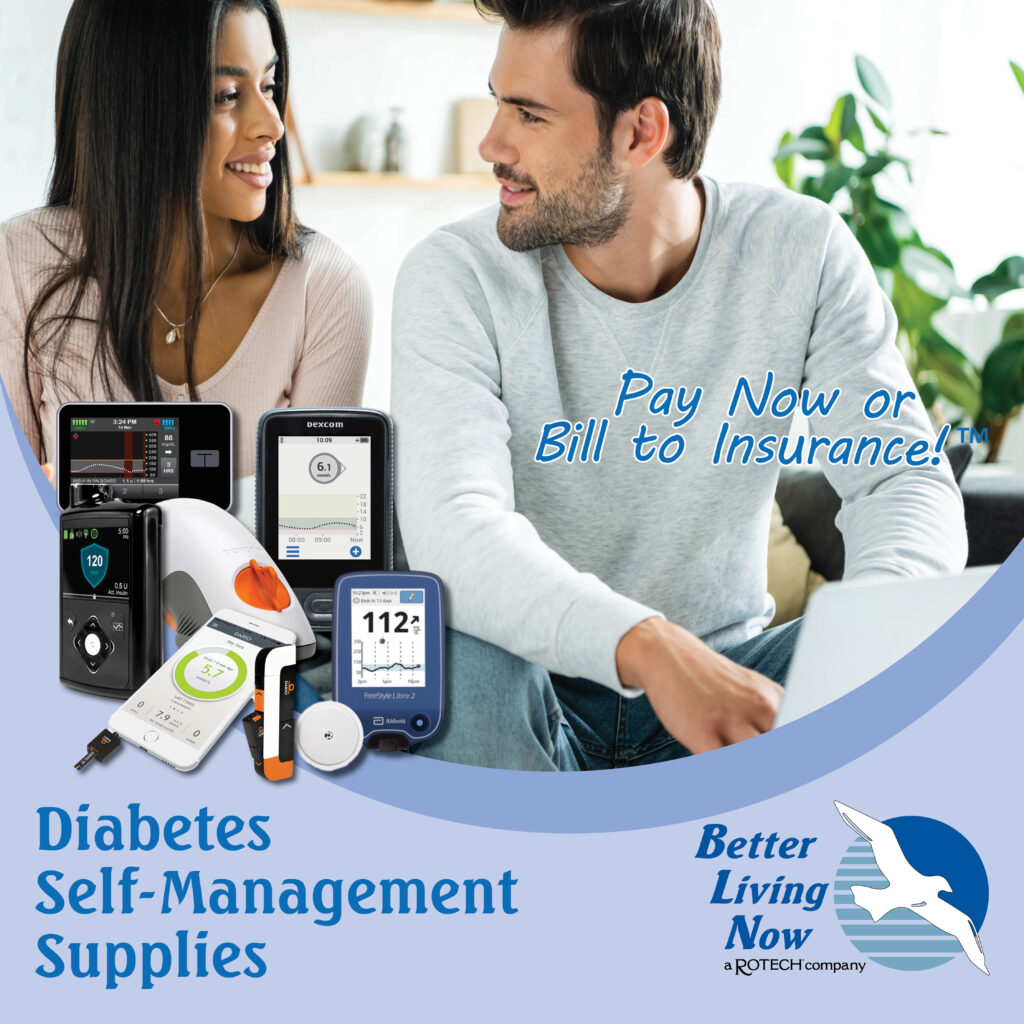What is Diabetes?
Diabetes is a condition where the level of glucose, or sugar, in your blood is too high. Glucose comes from the food we eat and serves as an essential source of energy for the body. Under normal conditions, glucose is transferred from the blood into cells with the help of a hormone called insulin, produced by the pancreas. In a person with diabetes, this process doesn’t work as it should.
Diabetes occurs when the pancreas doesn’t make enough insulin or when the body can’t use insulin effectively. When there’s not enough insulin or the body doesn’t use it properly, glucose doesn’t get into the cells and instead builds up in the blood, leading to high blood sugar levels. Over time, this can damage organs and tissues throughout the body, including the heart, blood vessels, eyes, nerves, and kidneys.
Types of Diabetes
Type 1
In Type 1 diabetes the beta cells in the pancreas that make insulin are destroyed. This is due to the immune system mistakenly attacking the beta cells usually leading to absolute insulin deficiency. In adults, type 1 diabetes accounts for 5% to 10% of all diagnosed cases of diabetes. Genes, toxins or viruses may cause a person to get type 1 diabetes. There is no known way to prevent type 1 diabetes. Several clinical trials for preventing type 1 diabetes are currently underway aimed at preventing beta cell destruction.
Type 2:
In Type 2 diabetes there is a progressive loss of adequate beta cell secretion usually due to insulin resistance. As a result, in adults, type 2 diabetes accounts for about 90% to 95% of all diagnosed cases of diabetes. Evidently, it usually begins when the pancreas still produces insulin, but a disorder called insulin resistance develops. This happens when the cells do not use glucose properly. When the glucose cannot enter the cells, the glucose levels in the blood rise. This increase sends a signal to the pancreas to increase insulin, but the pancreas gradually loses its ability to produce it. It is important to note that type 1 and type 2 diabetes are not always straightforward at presentation and that misdiagnosis is common.
Risk Factors for Type 2 Diabetes:
– Older Age
– Obesity
– Family History of Diabetes
– History of Gestational Diabetes
– Impaired Glucose Metabolism
– Poor Diet and Nutrition
– Sedentary Lifestyle
– Certain Race/Ethnicities: African Americans, Hispanic/Latino Americans, American Indians, some Asian Americans and Native Hawaiians and other Pacific Islanders

Gestational Diabetes
Gestational Diabetes is a type of diabetes that occurs when women are pregnant. During pregnancy, gestational diabetes requires treatment with diet and/or insulin to keep blood glucose levels within normal range to avoid complications in the infant.
It should be noted that gestational diabetes occurs more frequently among African Americans, Hispanic/Latino Americans, and American Indians. It is also more common among obese women and women with a family history of diabetes. Immediately after pregnancy, 5% to 10% of women with gestational diabetes are found to have diabetes, usually type 2. Women who have had gestational diabetes have a 40% to 60% chance of developing diabetes in the next 5 to 10 years.
Pre-Diabetes
Millions of Americans are living with pre-diabetes, a condition where blood sugar levels are higher than normal but not yet high enough to be diagnosed as type 2 diabetes. Recognizing if you or someone you care about is at risk is the first step towards prevention. The CDC, ADA, and AMA offer a free online screening test that uses seven simple questions to help identify your risk for pre-diabetes. This test scores factors such as age, gender, family history, blood pressure, physical activity level, and weight.
Pre-diabetes is a critical stage before type 2 diabetes, affecting 88 million people in the U.S. It’s a condition that, without intervention, often leads to type 2 diabetes. Studies indicate that even at the pre-diabetes stage, the body may begin to suffer damage, particularly to the heart and blood vessels.
The Good News
The encouraging news is that pre-diabetes can often be reversed through lifestyle changes. Research has demonstrated that by managing blood sugar levels early on, it’s possible to delay or even prevent the onset of type 2 diabetes. Simple adjustments, like enhancing your diet and increasing physical activity, have been proven effective.
A landmark study found that individuals who incorporated moderate exercise into their daily routine and adopted healthier eating habits were able to reduce their diabetes risk by 58%, particularly when they lost a small but significant amount of weight (5% to 10% of their body weight).
Although certain medications can also help delay diabetes, lifestyle modifications like diet and exercise have been determined to be more effective. Making these changes not only helps prevent diabetes but also improves overall health, demonstrating the power of proactive health management.








